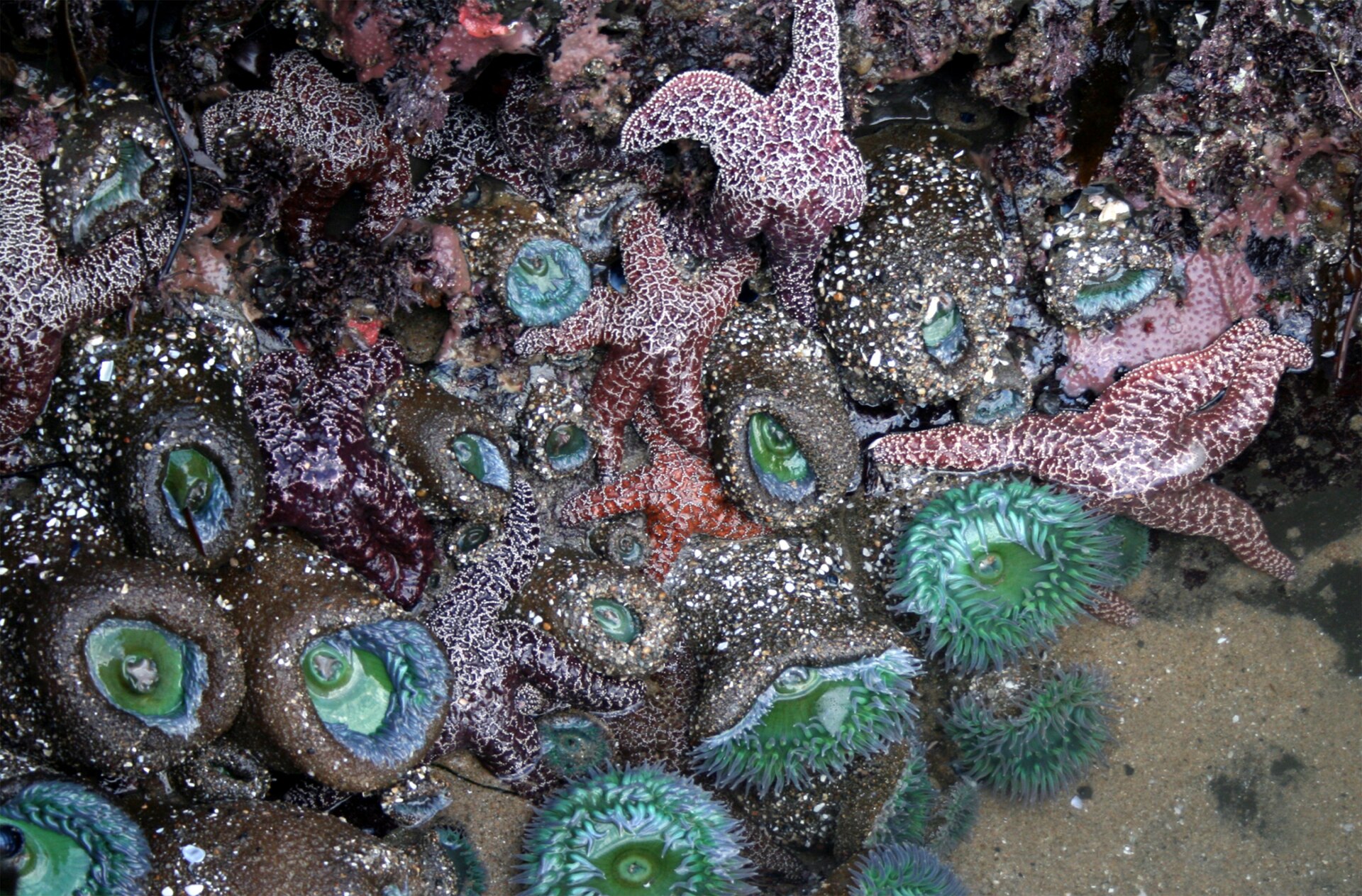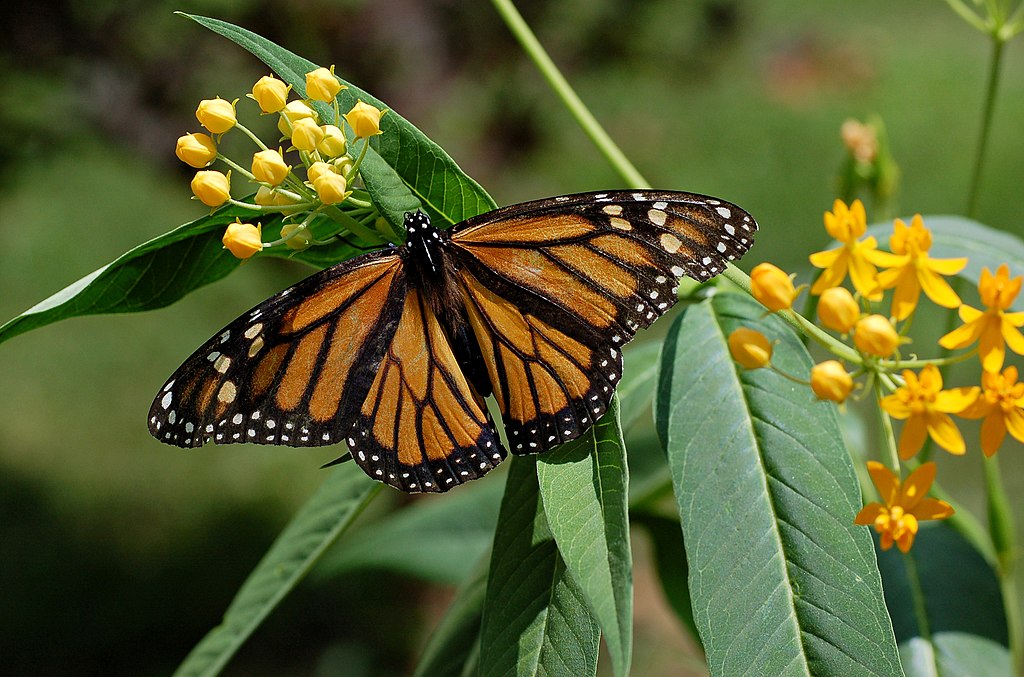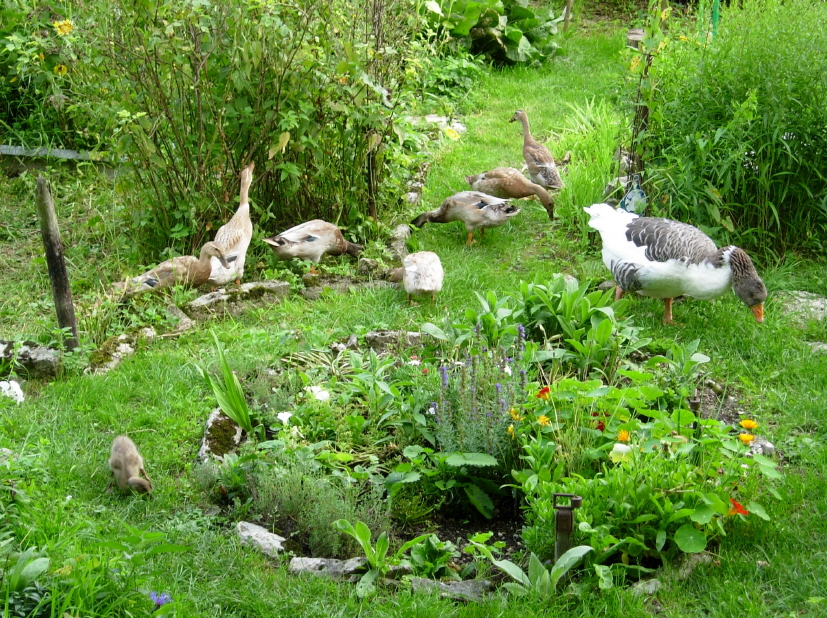Permaculture and Novasutras Principles
Permaculture is a philosophy for gardening, food production and local economies based on a deep understanding of how Nature works.
12 Permaculture Principles
in Agaya and Ubuntu

Each of the twelve principles of permaculture is a manifestation of agaya and ubuntu. They are in close alignment with Novasutras core principles:
- Life is sacred
- Change is essential, inevitable and important
- Complexity and maturity emerge from cooperative relationships
- The beauty of the living world is to be savored, honored, celebrated and protected

Permaculture Design Principles (from D. Holmgren, 2002)
1. Observe and Interact
Careful observations of the living world allow agaya into our minds and hearts. We become receptive to awe and wonder, as we build our understanding of the processes of life taking place around us and recognize how sacred all life truly is. Our expanding knowledge and reverence can guide wiser action.

Loving participation in the community of life surrounding us is an act of ubuntu. We experience gratitude and reciprocity as we take breath and nourishment from the generosity of plants, as they thrive in our thoughtful care.
2. Catch and Store Energy

Is there anything more awe-inspiring than the simple beauty of a leaf, soaking in sunlight, mingling it with carbon from the air and the water pulled up from soil by roots, and creating sweetness and structure? All the green, growing beings are showing us how to abide in agaya and ubuntu.
3. Obtain a Yield

To participate in the dance of reciprocity that embodies ubuntu, we must be nourished by our actions. Humans have partnered with plants for millennia to produce food that awakens our senses to agaya while providing the health and energy we need to be effective cooperators.
4. Apply self-regulation and accept feedback

Living systems get information from interactions with their environment, and respond accordingly. A sprout grows toward the light, in ways that depend not only on the code within its DNA, but also on the presence of water and nutrients, and chemical signals from the organisms in the soil where it is growing. To abide in agaya and ubuntu, we must continually check that our behavior is well-suited to our environment and make any necessary changes.
5. Use and value renewable resources and services

Abiding in agaya and ubuntu means considering the repercussions of our choices for generations to come. Humans will abide for ages to come only if we use resources and services below the rate at which they can replenish themselves. To truly abide in agaya and ubuntu requires us also to be grateful for the many gifts that the living world provides.
6. Produce no waste

The incredible creativity of the living world has given birth to complex systems where waste from one being becomes nourishment for another. Fallen leaves and flowers become the soil in which new life grows. Photosynthesizers’ wasted oxygen makes animal metabolism possible.
7. Design from patterns to details

Living organisms are constructed in fractal designs, with repeating patterns at different scales. Evolution by natural selection produces variations on successful themes, retaining patterns from earlier generations. When a bird constructs a nest, a spider weaves a web, or a tree produces a flower, the individual product will have variations from others, but the pattern is recognizably the same.
8. Integrate rather than segregate
Cooperative relationships between different things allow for new complexity and surprising beauty to emerge. Diverse, complex life in the soil works together to grow forests. The complex cells in all multi-cellular life (the eukaryotes) emerged from smaller cells being symbiotically incorporated within larger ones (the source of mitochondria and chloroplasts). Flowering plants are a triumph of the integrated relationships between photosynthesizers and pollenating animals, gifting us with wondrous color and fragrance as they enchant these cooperators. Fruits are similarly an alluring enticement to animals who might help plants spread their seeds.
9. Use small and slow solutions

Evolution favors systems that use hard-to-get resources as efficiently as possible. Being larger and going faster requires more energy and resources — often it’s best to just do less with less. Abiding in agaya and ubuntu is often a matter of patience, slowing down to observe carefully and gratefully acknowledge what is present and what may be emerging.
10. Use and value diversity

One rarely finds vast expanses of sameness in natural landscapes. Greater diversity generally leads to greater resilience — the different species present have capabilities to adapt to different changes, sometimes bringing their ecosystems back into balance, sometimes persisting as the ecosystem transforms around them. Healthy ecosystems are lush with differences.
11. Use edges and value the marginal

Edges and margins are often the site for the greatest species diversity, not to mention some of the greatest beauty in Nature. George Lakey has noted that the margins are where learning and growth happen in organizations. Evolutionary biologists suggest that new species emerge at the edges of a species existing range.
12. Creatively use and respond to change

In Novasutras, we recognize that change is essential, inevitable and important. Nothing alive remains static for long. To abide in agaya and ubuntu, we must be attuned to changes, and ready to dance with them.

Permaculture Resources
Books
Permaculture: a Designer’s Manual, Bill Mollison, 1988
Permaculture: Principles and Pathways Beyond Sustainability, David Holmgren, 2002
Edible Forest Gardens: Ecological Vision and Theory for Temperate Climate Permaculture, Dave Jacke and Eric Toensmeier, 2005
Gaia’s Garden: A Guide to Home-Scale Permaculture, Toby Hemenway, 2009
Free e-book on Permaculture
https://thepermaculturealternative.wordpress.com/
Websites
- Permaculture Design Principles
- Toby Hemenway
- Permaculture Apprentice
- The Permaculture Research Institute
- Santa Cruz Permaculture
What are your favorite resources for learning about permaculture? Please share them in comments.









One Comment